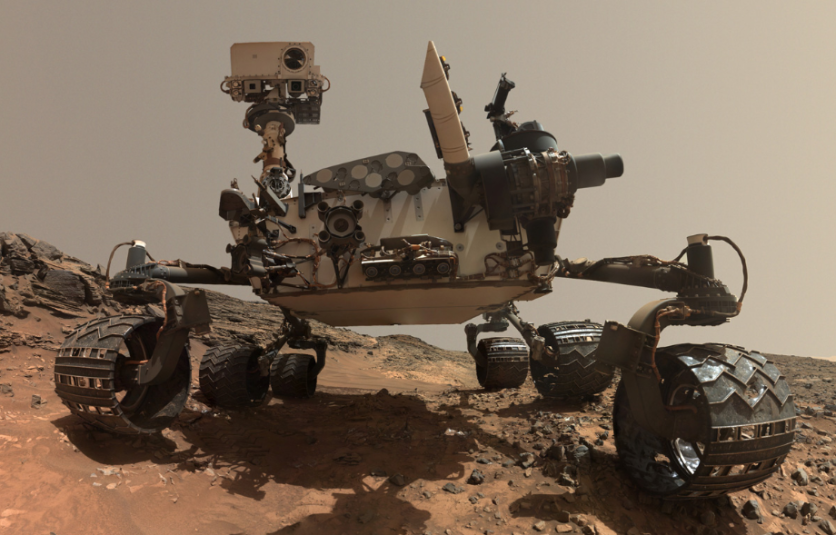Due to the coronavirus pandemic, the National Aeronautics and Space Administration (NASA), along with other workplaces, have been forced to shut its doors.
But for scientists and engineers who are responsible for driving the Curiosity Mars Rover under NASA's Jet Propulsion Laboratory (JPL), the work continues. And this means setting up systems while stuck at home to continue controlling the device.

They have made work from home plans in case the rover team had to ship out
According to Business Insider who spoke to two NASA employees on the team, they have successfully driven the rover from their homes six days before NASA even closed their offices.
An employee named Alicia Allbaugh has been working on and off at NASA since 1991. She oversees the 75-person Curiosity Mars Rover program which she has worked on since 2006. After hearing about the pandemic and lockdowns, she then started to make plans if ever the team had to suddenly stay home.
"Luckily for the rover team, there was already some infrastructure in place because it works with scientists all over the world, so a degree of teleconferencing functionality was already on hand. They were able to do an experimental test run on March 12, five days before NASA shut its offices," said Allbaugh
Allbaugh also said that "It took everyone a few hours to acclimatize to setting up all their windows and chats so they fit onto home monitor screens. We figured it out within like two, three hours. We were sort of getting into the groove and understanding the ebb and flow and the pace. The test went off surprisingly well, with the rover receiving and successfully executing a set of orders."
Read Also : Music Streaming Service Deezer Creates AI To Identify Explicit Content From Their Extensive Song Library
Making DIY complex 3D goggles at home
The Curiosity Mars Rover is built and equipped with 3D cameras which are used to send images back to the drivers to try and work out where it should be heading towards next.
Originally, the rover team took a look at these photos with high tech and special 3D goggles which can flip which eye is looking at the image at a rate of 60 times per second.
Matt Gildner, the planner and team lead of the rover, said that the reason they have them is that the Rover drivers need to try and visualize how it moves over a 3D terrain. Gildner leads a team of 20 planners who send and write commands which tell the rover where to go.
The report also states that "Rover planners are now using simple plastic red-blue glasses, the same kind you would use to watch a 3D movie. Gildner says he pops the glasses on for about 10 to 15 minutes at a time about three times a day to look around at where the rover is."
ⓒ 2025 TECHTIMES.com All rights reserved. Do not reproduce without permission.




